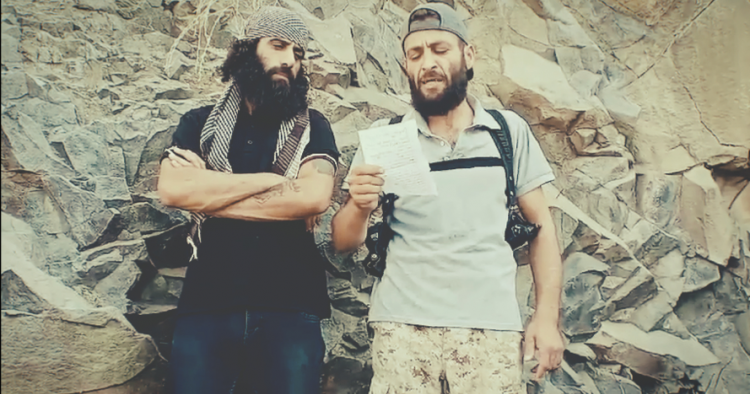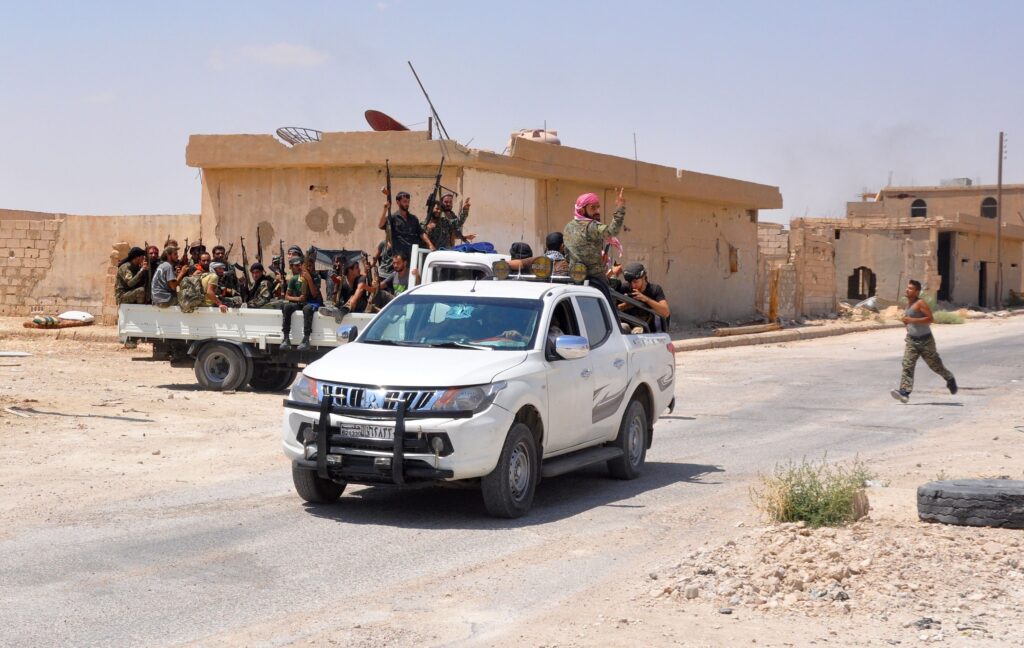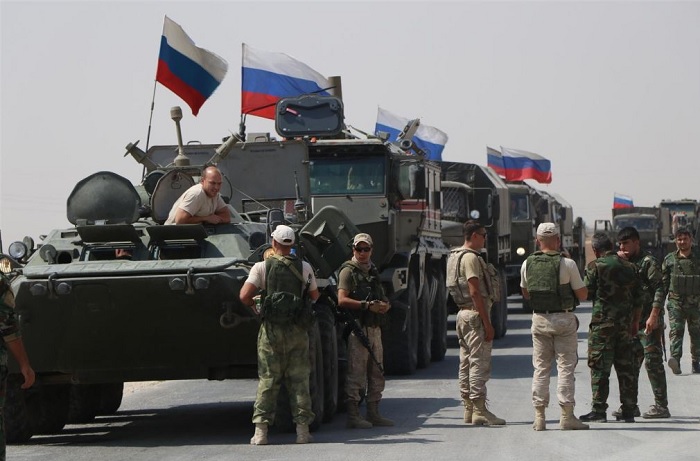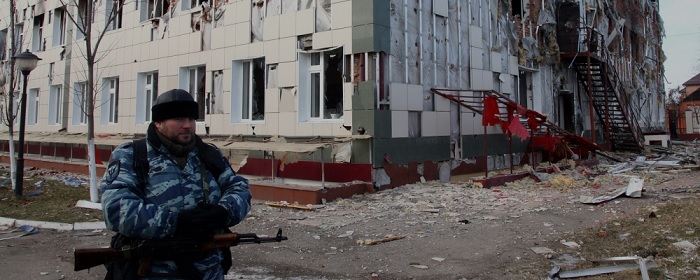Russia rethinks the status quo in southern Syria

Introduction
In June 2021, southern Syria once again dominated the headlines when the regime laid siege to the Daraa al-Balad area of Daraa city. A few days after the monthlong siege, an agreement to end the escalation collapsed and the Syrian army’s Fourth Division spearheaded a major military push in the area. Intense clashes broke out as groups of unreconciled rebels violently repelled the advancement of Syrian military forces. Armed confrontations spread into eastern and western Daraa amid heavy bombardment via missiles, artillery, and mortar shells, marking the deadliest and most intense fighting in Syria’s south-west since the conclusion of the 2018 “reconciliation” agreements.
Local and external actors expected Russia to intervene and mitigate hostilities. Such expectations were based on a record of rapid interventions, whereby Moscow had managed to resolve localized conflicts and prevented the eruption of large-scale armed clashes in Daraa over the past three years. In the case of Daraa al-Balad, however, Russia was slow to intervene and showed an extraordinary reluctance to end armed violence, broker serious negotiations, and enforce a final agreement. Despite the catastrophic humanitarian implications it has on the exhausted local population, this delay seems to be warranted.








